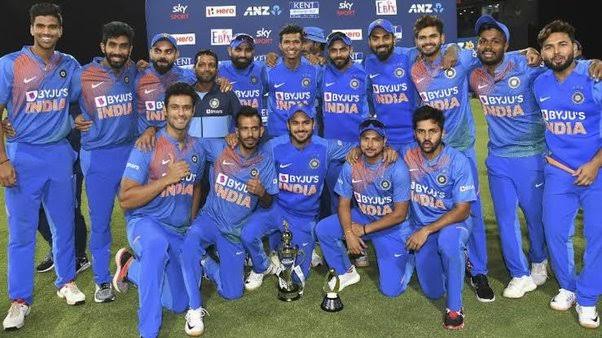| Posted on
Cricket is a group activity played between two groups, each comprising a particular number of players. The quantity of players in a cricket crew and on the field during a match can fluctuate contingent upon the organization of the game.
There are three fundamental organizations in cricket:
Test cricket, one-day internationals (ODIs), and twenty20 internationals (T20Is).
1.Test Cricket:
In Test cricket, which is viewed as the longest and most conventional organization of the game, each group comprises 11 players. A test match can last as long as five days, and each group has two innings to bat and bowl. Test cricket takes into consideration an exhaustive assessment of players' abilities and perseverance.
2. One-Day Internationals (ODIs):
In one-day internationals (ODIs), groups likewise contain 11 players each. Nonetheless, dissimilar to Test cricket, ODIs are restricted overs with a limit of 50 overs for every side. This organization was acquainted with a more limited and more observer-accommodating form of the game while keeping up with the substance of cutthroat cricket.
3. Twenty20 Internationals (T20Is):
In Twenty20 Internationals (T20Is), which is the briefest and most quick-moving organization of the game, each group has 11 players. T20 matches are restricted to 20 overs for each side, advancing forceful and engaging cricket. This arrangement has acquired massive prevalence for its dynamic and exciting nature.
Player Jobs:
No matter what the configuration, each group consists of players with explicit jobs:
1.Batsmen:
Batsmen are answerable for scoring runs by raising a ruckus around town conveyed by the bowler. They mean to gather as many runs as could be expected under the circumstances and safeguard their wickets.
2.Bowlers:
Bowlers convey the ball to the batsmen, determined to excuse them or confining their scoring. Various bowlers have different styles, for example, quick bowling, turn bowling, or a mix of both.
3.All-rounders:
All-rounders contribute both with the bat and the ball. They are flexible players who give equilibrium to the group by succeeding in numerous parts of the game.
4.Wicketkeeper:
The wicketkeeper is responsible for remaining behind the stumps and gathering conveyances from the bowlers. They likewise assume a critical role in confusion or run-outs.
Handling Positions:
At the point when a group is handling, the players are decisively situated on the field. Some normal handling positions incorporate slips, ravine, point, cover, mid-off, mid-on, mid-wicket, fine leg, and third man. The game plan of defenders can change in light of the playing conditions and the qualities and shortcomings of the opposing batsmen.
In rundown, cricket crews comprise 11 players each in Test matches, ODIs, and T20Is. The jobs of batsmen, bowlers, all-rounders, and wicketkeepers add to the general elements of the game. Handling positions are decisively utilized to amplify the group's possibilities, excusing the resistance and limiting their scoring. The shifting organizations of cricket take care of various inclinations and powers, giving a different and enamoring experience for players and fans alike.

Also Read :- How many players are there in a cricket team?
0
0 Comment
